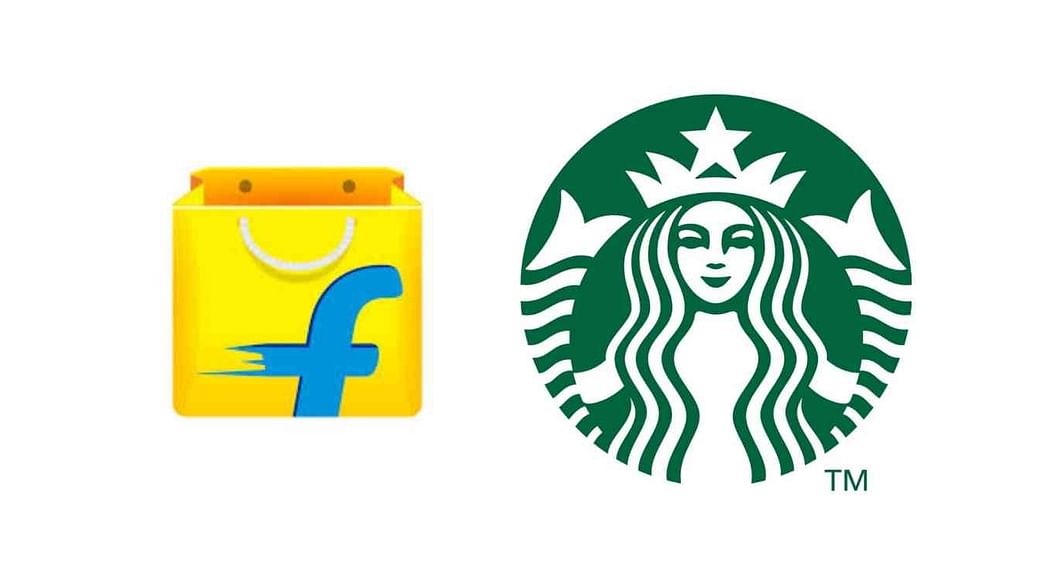Progressive Web Apps: Combining Performance, Reliability, and Engagement
 Pranav Hajare
Pranav Hajare
In the digital age, where mobile devices reign supreme and user experience is paramount, Progressive Web Apps (PWAs) have emerged as a transformative force. Blending the best of web and mobile applications, PWAs offer a seamless, engaging experience that bridges the gap between traditional websites and native apps. In this article, we'll delve into the world of PWAs, exploring their features, benefits, and why they represent the future of web development.
What are Progressive Web Apps? Progressive Web Apps are web applications that utilize modern web technologies to provide users with an app-like experience directly through their web browser. Unlike traditional websites, PWAs are designed to be reliable, fast, and engaging, offering features such as offline access, push notifications, and installation to the user's device.
Reliability: PWAs are built to work reliably under various network conditions, including offline mode. This is achieved through the use of service workers, which cache essential resources and enable offline functionality.
Speed: PWAs are optimized for performance, delivering fast load times and smooth interactions. By leveraging techniques like code splitting and lazy loading, PWAs ensure that users can access content quickly, regardless of their device or connection speed.
Engagement: PWAs engage users with features commonly associated with native apps, such as push notifications, home screen installation, and access to device hardware like cameras and geolocation.
Responsiveness: PWAs are responsive by design, adapting seamlessly to different screen sizes and orientations. This ensures a consistent user experience across desktop and mobile devices.
Benefits of PWAs:
Enhanced User Experience: PWAs offer a superior user experience compared to traditional websites, thanks to their app-like features and performance optimizations.
Increased Reach: PWAs are accessible via a web URL, making them easy to share and discover. This broadens their reach and eliminates the need for users to download and install separate apps from app stores.
Cost-Effectiveness: Developing a single PWA that works across multiple platforms can be more cost-effective than building separate native apps for each platform. Additionally, PWAs can be updated and maintained more efficiently since changes can be deployed directly to the web server.
Improved SEO: PWAs are indexable by search engines, allowing them to be discovered through organic search. This can improve visibility and drive traffic to your application.
Some Successful PWAs:
Twitter Lite: Twitter Lite is a PWA that offers a streamlined Twitter experience with fast load times and offline access. It has helped Twitter reach users in emerging markets with limited connectivity.
Flipkart: The e-commerce giant Flipkart developed a PWA that delivers a native app-like shopping experience to users, resulting in increased engagement and conversions.
Starbucks: Starbucks' PWA allows customers to browse menus, customize orders, and find nearby locations, all while leveraging features like offline access and push notifications.
Progressive Web Apps represent a paradigm shift in web development, offering a compelling alternative to traditional websites and native apps. By harnessing the power of modern web technologies, PWAs deliver fast, reliable experiences that engage users and drive results. As businesses and developers embrace PWAs, we can expect to see continued innovation and growth in this space, shaping the future of the mobile web.
Subscribe to my newsletter
Read articles from Pranav Hajare directly inside your inbox. Subscribe to the newsletter, and don't miss out.
Written by
